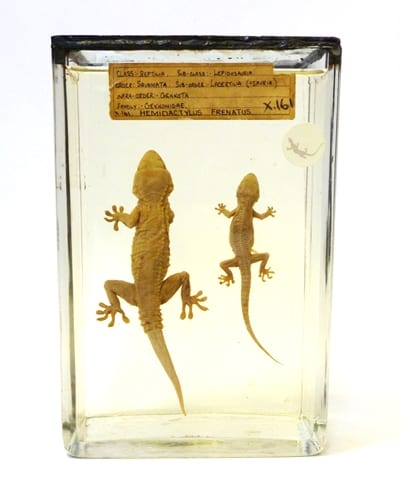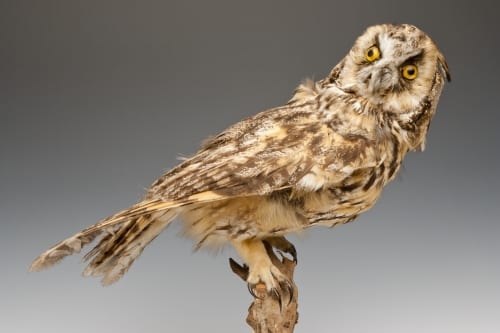Specimen of the Week 310: The Gross, the Bad and the Ugly
By Tannis Davidson, on 29 September 2017
Ah, Specimen of the Week. The weekly showcasing of specimens from the Grant Museum. Over the years this blog has featured the furry, the fluid, the skeletal, the dangerous, the poisonous, the new, the old, the damaged, the conserved, the plentiful, the endangered, the extant, the extinct, the big, the beautiful, the tiny, the hideous, the lost and the found.
The specimens are meticulously selected each week to offer a bit of fun, insight and enjoyment to the reader. This week however, is a somber affair. Rather than a celebration of life, this week’s Specimen of the Week is an obituary. Say goodbye to… (more…)
 Close
Close







